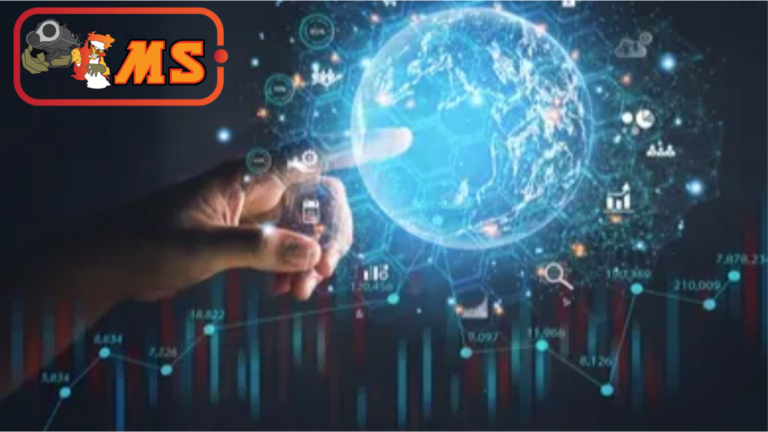In a world that evolves at a rapid pace, the concept of “context” has taken on unprecedented importance. Context influences how we perceive events, understand information, and interact with one another. In “today’s context,” factors like technology, social changes, and global events shape our views, guide decision-making, and often redefine what we consider to be “normal.” This article delves into what “today’s context” means and how we can navigate its complexities in our daily lives.
What Is “Context” in Today’s World?
“Context” refers to the circumstances or background that surround an event, statement, or idea, giving it meaning. In today’s world, context is influenced by numerous dynamic factors, including cultural trends, technological advancements, and societal shifts. With the rise of digital communication, context has become more nuanced and multi-dimensional, affecting our understanding and interactions more than ever.
The Role of Context in Media and Information
In the digital age, media plays a significant role in shaping “today’s context.” News is disseminated instantly, often with varying angles and interpretations. Context becomes critical here as information can be easily misinterpreted or manipulated without it. Understanding the background of an event—such as political agendas, economic factors, or historical events—is essential for accurate interpretation.
For instance, headlines and sound bites might not capture the full story, leading to misunderstandings or biased opinions. To grasp the true meaning, consumers are encouraged to seek reliable sources and pay attention to the context in which information is presented.
Technology and Its Impact on Today’s Context
Technology is one of the biggest influencers of “today’s context.” Social media platforms, AI, and digital connectivity shape how we perceive and interact with the world. The widespread use of algorithms to personalize content means that each individual’s “context” might differ, based on their online behavior and preferences.
For example, an individual’s experience on social media is often tailored to align with their beliefs and interests. This phenomenon, called the “filter bubble,” limits exposure to diverse perspectives, creating echo chambers that reinforce existing views and narrow one’s understanding of context.
Context in Personal Interactions and Relationships
In our personal lives, context shapes relationships and communication. Today, as people navigate multicultural settings and globalized communities, context is essential for empathy and understanding. Misunderstanding someone’s background or cultural context can lead to conflicts or miscommunication.
For example, humor and body language vary widely across cultures; something considered a joke in one culture might be offensive in another. Recognizing and respecting context in personal interactions can lead to stronger connections and mutual respect.
Navigating Context in a Globalized World
In a globalized world, being aware of context helps individuals navigate diverse settings effectively. It fosters adaptability, empathy, and open-mindedness. To understand today’s context:
- Stay Informed: Follow multiple sources of information to get a well-rounded view.
- Be Culturally Sensitive: Recognize and respect different cultural backgrounds.
- Question Assumptions: Reflect on personal biases and challenge preconceived notions.
- Embrace Flexibility: Recognize that context is fluid and can change over time.
Conclusion
“Today’s context” is multi-faceted and complex, shaped by media, technology, and personal interactions. It defines how we interpret events, communicate, and form opinions. By understanding and respecting context, individuals can gain deeper insights, make informed decisions, and cultivate more meaningful connections. As we navigate the complexities of modern life, a mindful approach to context will guide us toward a more compassionate and informed world.

